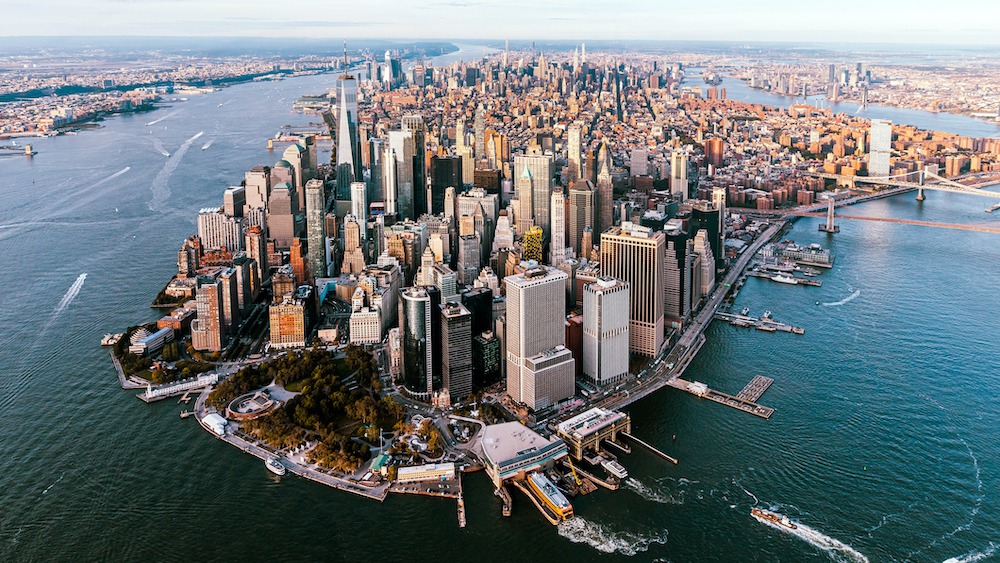
The combined weight of New York City's buildings may be causing the metropolis to sink, researchers have said. However, there may be other reasons why the city is sinking — including the way the earth continues to shift after the end of the last ice age more than 10,000 years ago, scientists added.
Understanding how and why areas such as New York City may be sinking helps researchers estimate the flood risks these areas may face in the future because of climate change. Sea levels along the Atlantic Coast of North America are expected to rise three to four times faster than the global average, researchers noted.
"Sea level rise is eventually going to pose inundation challenges in New York and globally," study lead author Tom Parsons, a geophysicist at the U.S. Geological Survey, told Live Science.
GPS data suggest lower Manhattan is sinking, or subsiding, at the rate of about 0.08 inch (2.1 millimeters) per year.
The reason for this could be natural. During the coldest parts of the last ice age, giant ice sheets covered much of the planet. This caused the ground directly underneath the ice sheets to sink, which in turn made the edges of landmasses tilt up. After these ice sheets melted, areas that had been shoved up are now sinking down, which previous research suggests may result in as much as 19 to 59 inches (48 to 150 centimeters) of subsidence along the East Coast by 2100.
Related: Visit NYC in 750 B.C. with this epic interactive map
In addition to this natural cause of subsidence, Parsons and his colleagues wanted to explore the potential effects of artificial causes, such as buildings. He came up with the idea while visiting his wife's family in Belgium in 2019.
"We happened to be staying next to the cathedral in Antwerp," Parsons said. "I kept looking at the huge foundation stones and thinking about how they all had to have been brought from many miles away, and then piled up in one concentrated spot, like building a small mountain. I got curious about what that might be doing to the earth below it."
All buildings will sink into the ground or "settle" a little after they are built, "even those built on hard rock," Parsons said. "Those on softer soils will settle more."
The scientists estimated that the mass of the 1,084,954 buildings within New York City’s five boroughs equaled 1.68 trillion pounds (762 billion kilograms) distributed over a 300-square-mile (778 square kilometers) area.
They next developed computer models to see how all that weight might cause sinking on a wide variety of soil conditions.
Satellite data revealed an average subsidence rate of about 0.04 to 0.08 inch (1 to 2 mm) per year across the city. This was consistent with the sinking the computer models suggested might be expected due to natural shifting of the earth after the last ice age.
Still, the scientists also found some parts of the city displayed much faster subsidence rates. They noted this may be due to the weight of buildings, although they cautioned there might be other possible causes.
Parsons noted that New York City is on average only sinking a tiny amount per year. "However, sea level rise at New York is about 1 to 2 millimeters per year, so every millimeter of subsidence is equivalent to moving a year ahead in time with regard to rising ocean levels," he said.
The scientists published their findings May 8 in the journal Earth's Future.







